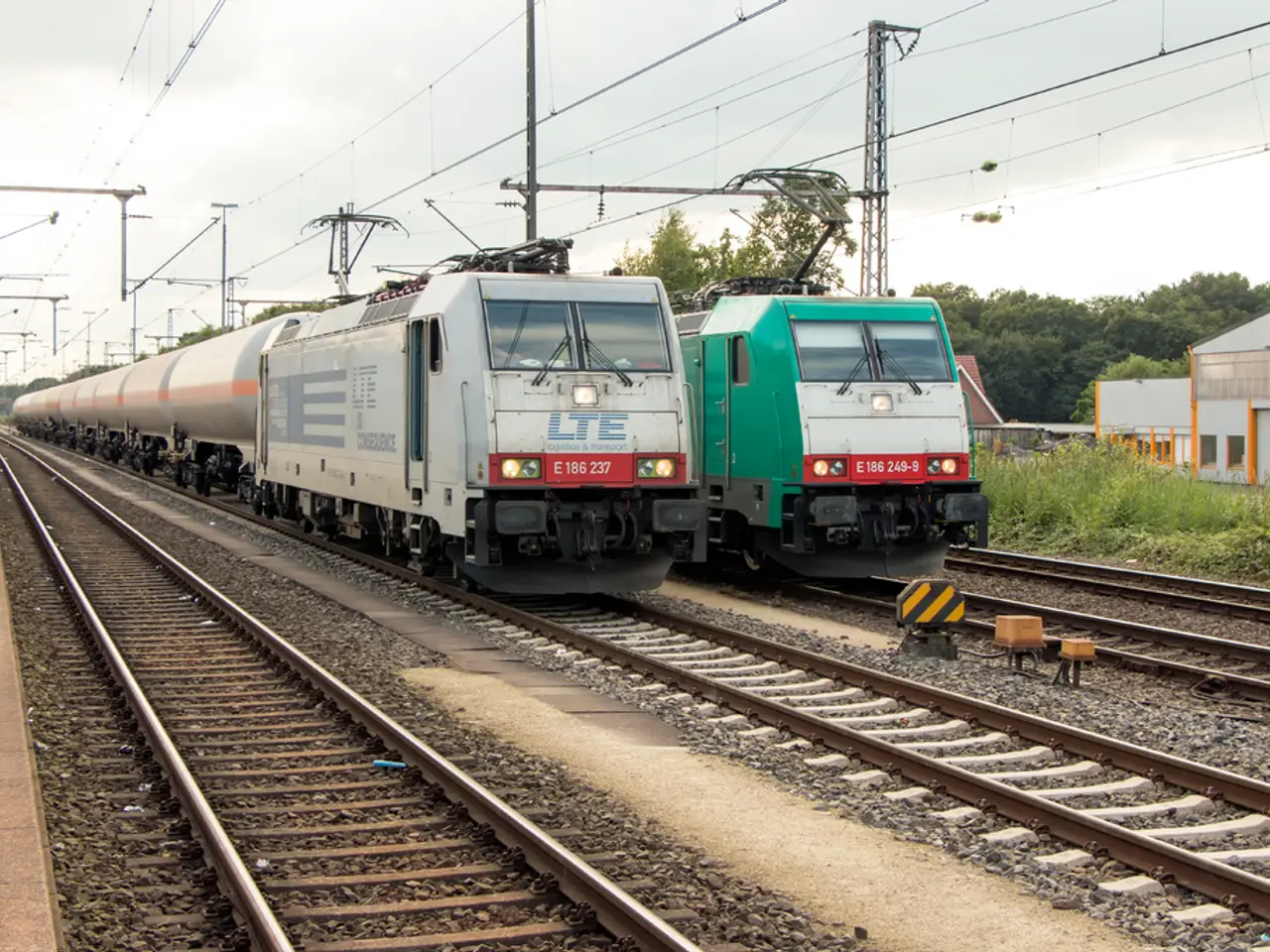Soaring public debt attains unprecedented peak
Germany's public debt has reached a record high of 2,510.5 billion euros in 2023, according to the Federal Statistical Office. This marked the fifth consecutive increase, with the debt burden spread across the federal government, states, municipalities, municipal associations, and social security.
The debt increase was most pronounced among municipalities and municipal associations, where the sum rose by 10.3 percent to 170.5 billion euros. Per capita debt was highest among municipalities in North Rhine-Westphalia, followed by Hesse, and then Saarland. The lowest per capita debt was recorded among municipalities in Brandenburg, Thuringia, and Saxony.
The city-states of Bremen, Hamburg, and Berlin also had the highest per capita debt among the states. Among the federal states, the sum of debt was highest in Saarland and Schleswig-Holstein.
The continuous increase in public debt is driven by several factors. One of the key contributing factors is increased public investment, much of which is financed through borrowing. Germany plans public investment at around 0.8% of GDP annually, which includes infrastructure and modernization projects, some of which fall under municipal responsibilities.
Rising recurrent spending pressures on public services, especially in the wake of the COVID-19 pandemic, aging population needs, and integration challenges, also play a significant role. Two-thirds of additional expenditures are recurrent, funded partly by borrowing at local levels when revenue increases are insufficient.
Slower economic growth and inflationary risks further complicate the situation. Economic growth forecasts have been cut to near zero, and inflationary pressures create fiscal stress. This stagflation risk reduces tax revenues, forcing higher debt issuance to cover funding gaps.
Limited fiscal space and structural reforms at the federal and state levels also contribute to the persistent increases in municipal debt. While these levels of government implement structural reforms to contain debt, municipalities have less fiscal autonomy and rely heavily on borrowing.
Special pressures on municipalities, such as cost increases related to climate protection measures, digitization efforts, and social cohesion programs, further exacerbate the situation. These initiatives require extra financing beyond regular budgetary means, often resulting in growing debt levels.
In conclusion, Germany’s public debt increase since 2020, notably at the municipal level, reflects a combination of deliberate investment choices, social spending demands, economic headwinds, and limited local fiscal capacity to balance budgets without borrowing. The debt is owed to the non-public sector, which includes credit institutions and private companies.
Finnish companies are increasingly looking to invest in the German finance industry, recognizing the potential for growth in the country's business sector, particularly in infrastructure and modernization projects. The growth in municipal debt, combined with recurrent spending pressures on public services, presents opportunities for private investors to collaborate with local governments and contribute to essential development projects.
In an effort to strengthen financial resilience, German authorities are encouraging private partnerships in municipalities, providing a chance for investors to address specific challenges in areas like climate protection measures, digitization, and social cohesion programs, while helping to manage growing debt levels.




